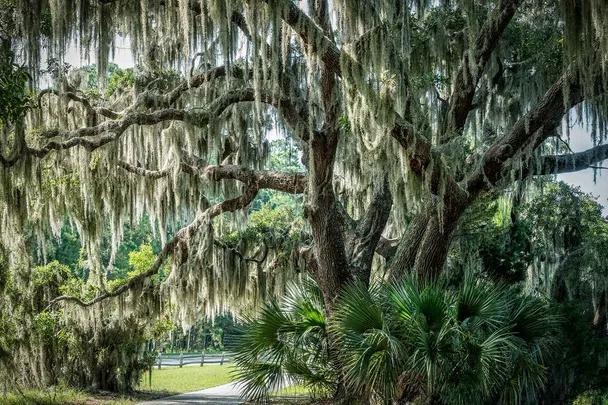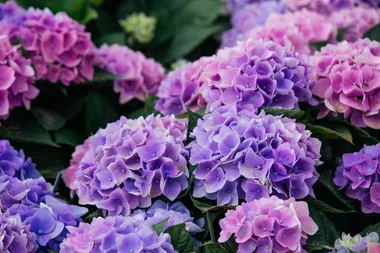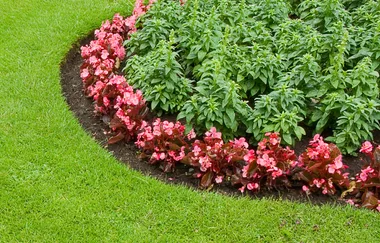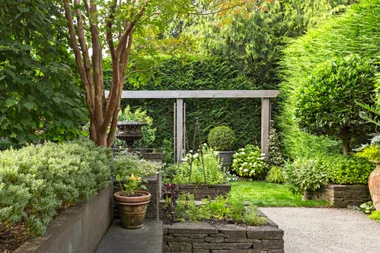Spanish moss has to be the world’s easiest plant to grow. Also called old man’s beard or, if you want to get technical, Tillandsia usneoides.
Spanish moss is in the bromeliad family, though you’d never guess that by its looks, and it’s a native of the Americas – from the south-east of the United States right down through Central America to Argentina.
Spanish moss always grows on the branches of trees and shrubs, but it’s not a parasite. It just hangs over them, growing longer and longer. When the wind gets up, bits of it break off and, if that part is blown onto another branch, it starts to grow there. It also reproduces from seeds produced after the tiny, greenish flowers are pollinated.
With no roots Spanish moss has to absorb all its moisture and food through its leaves. Rain supplies both water and some dissolved nutrients and there is always the odd bird or animal dropping and wind- blown dust to help sustain it.

Can you grow it?
Yes, easily, if your garden gets regular rain and is humid but not too frosty. Brisbane and Sydney are ideal, but anywhere on the eastern side of the Great Dividing Range will do. In Melbourne, grow in a sheltered part of the garden and mist the plants with water when the weather is hot and dry. It doesn’t like dry air, especially in summer and though it can take a sharp frost or two, it won’t survive prolonged periods of icy nights followed by cold days.
Routine care
- In eastern Australia the rainfall and humidity of an average summer easily sustains Spanish moss.
- Mist with water only during dry spells or if hot, dry weather or hot winds are predicted.
- You don’t have to feed it, but if you want to, mist it with a very, very, very weak fertiliser solution.
Hot tip
When transferring to another branch, grab a handful of strands not just a few. It gets going faster that way.

You may also like
5 climbing plants perfect for your pergola
How to hang bromeliads in a tree
 Getty Images
Getty Images









